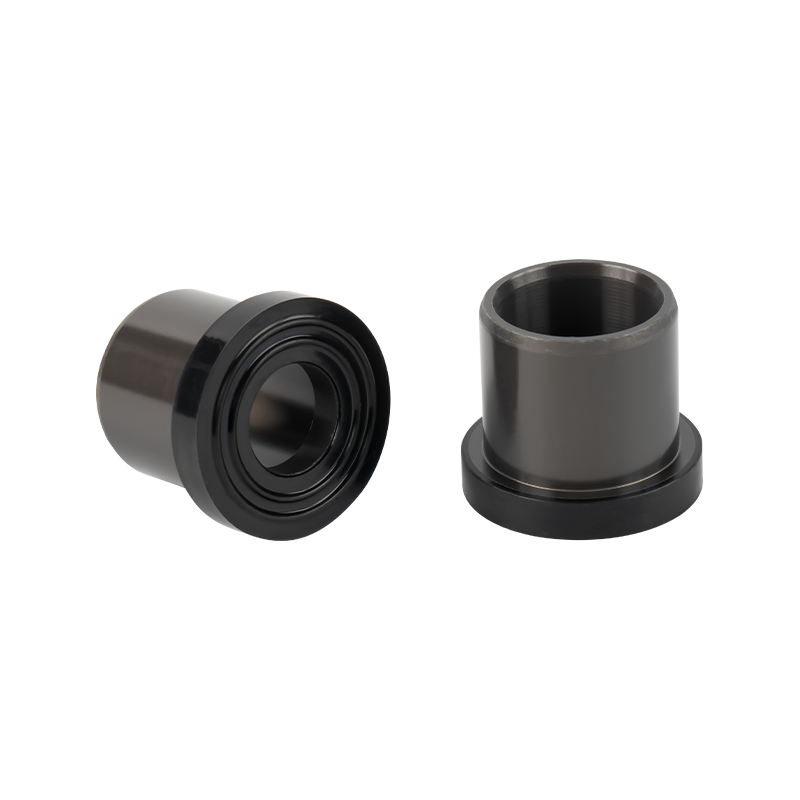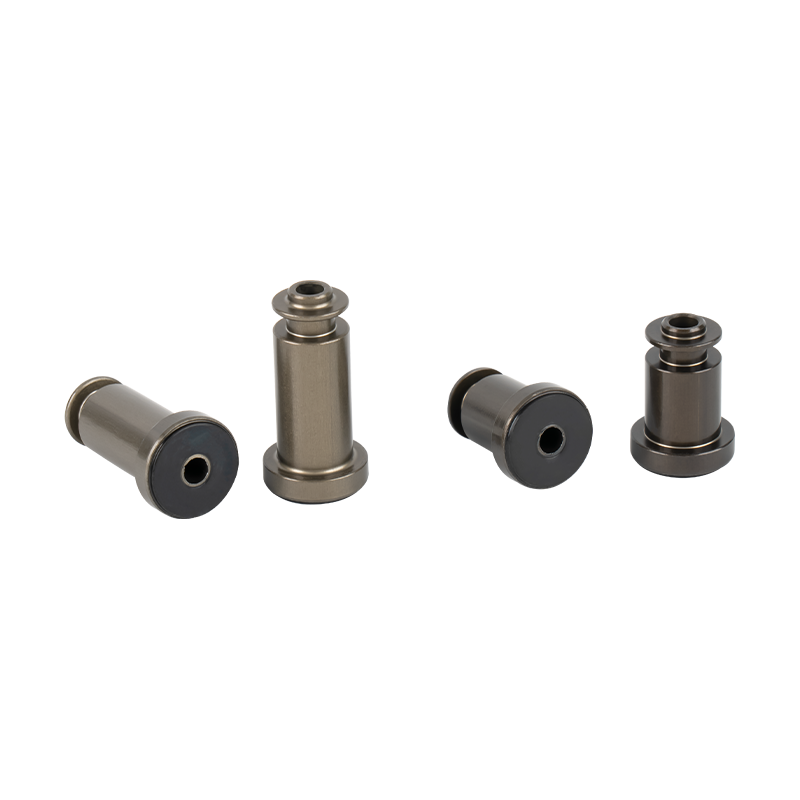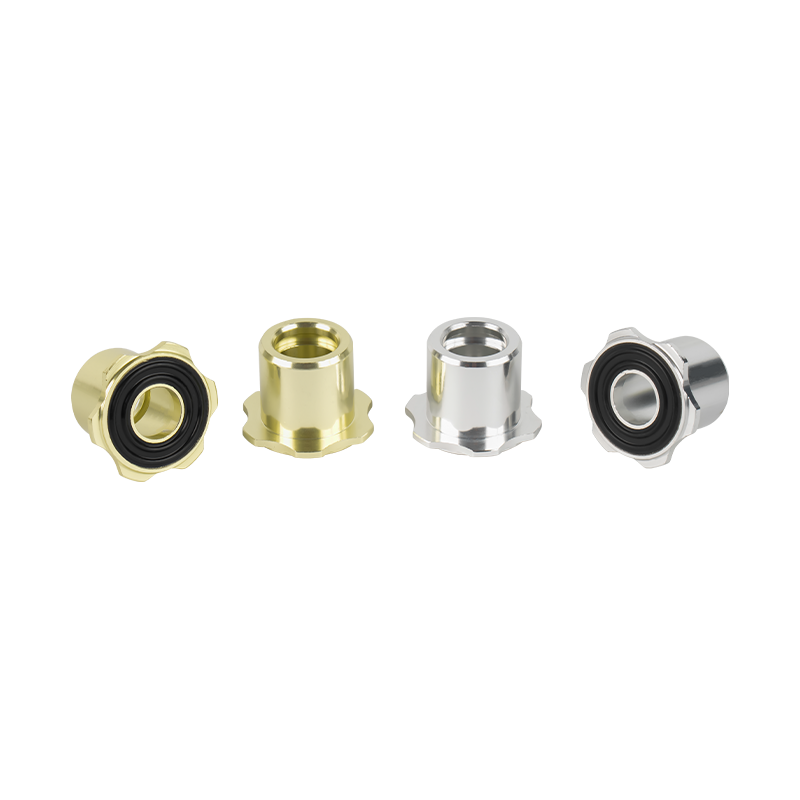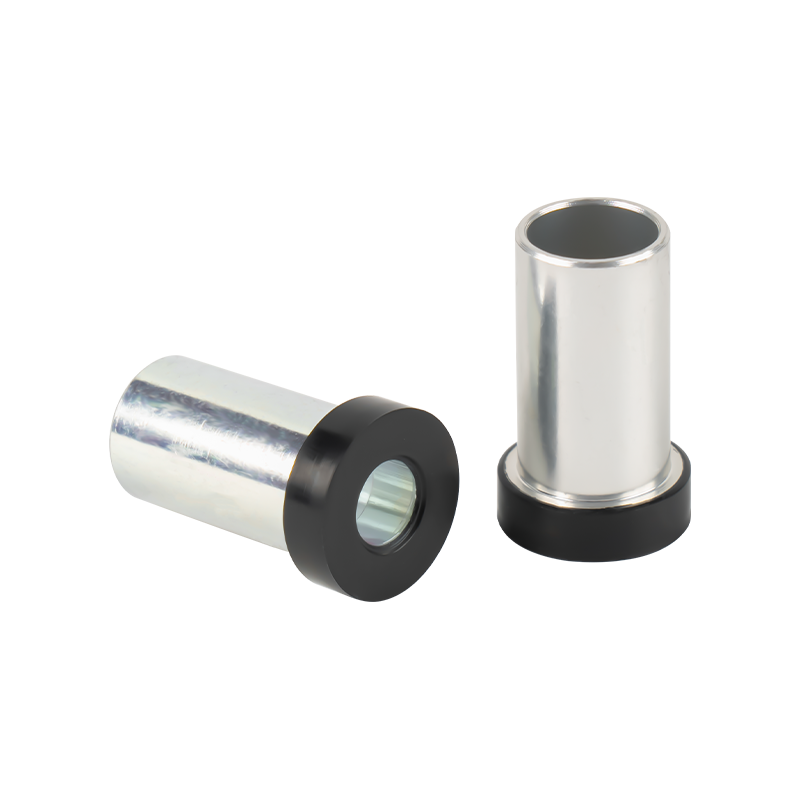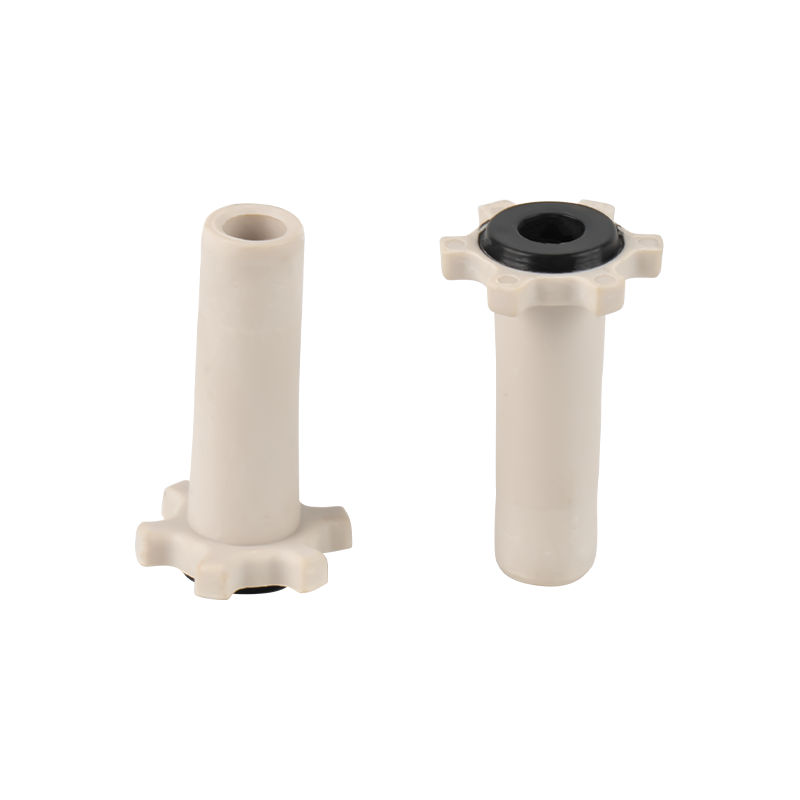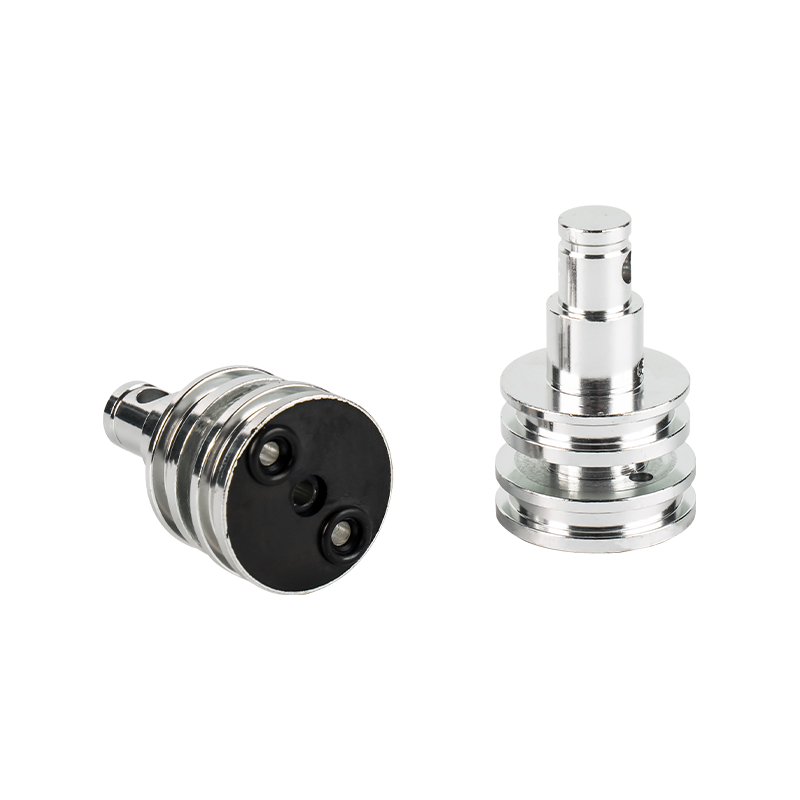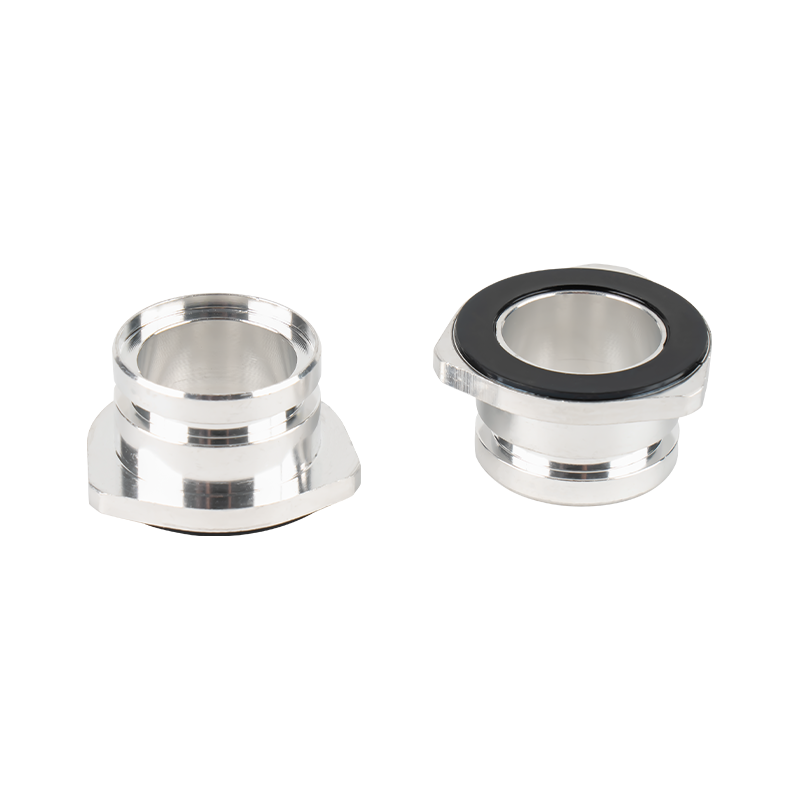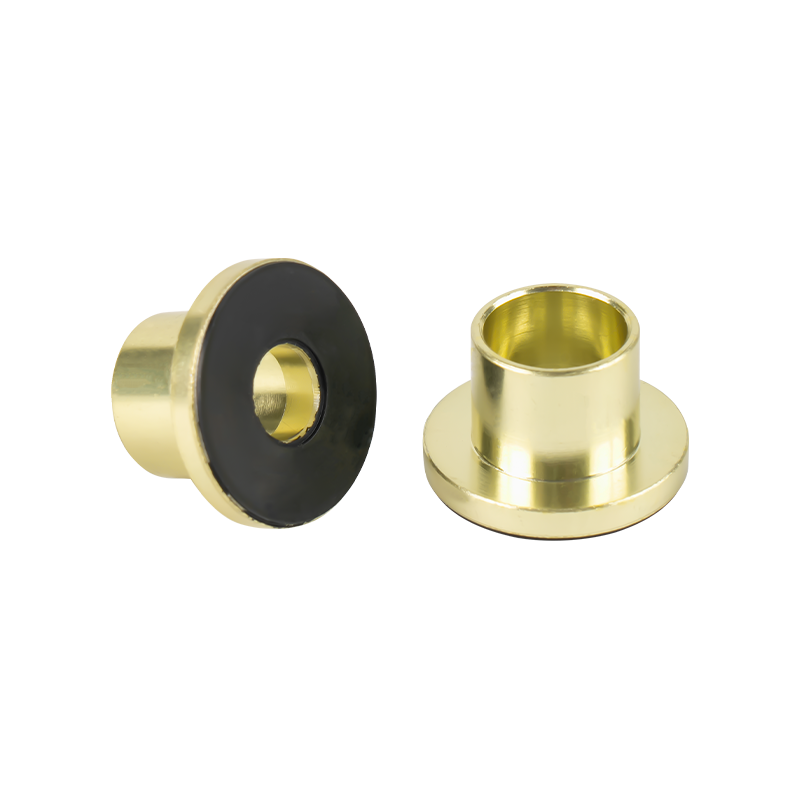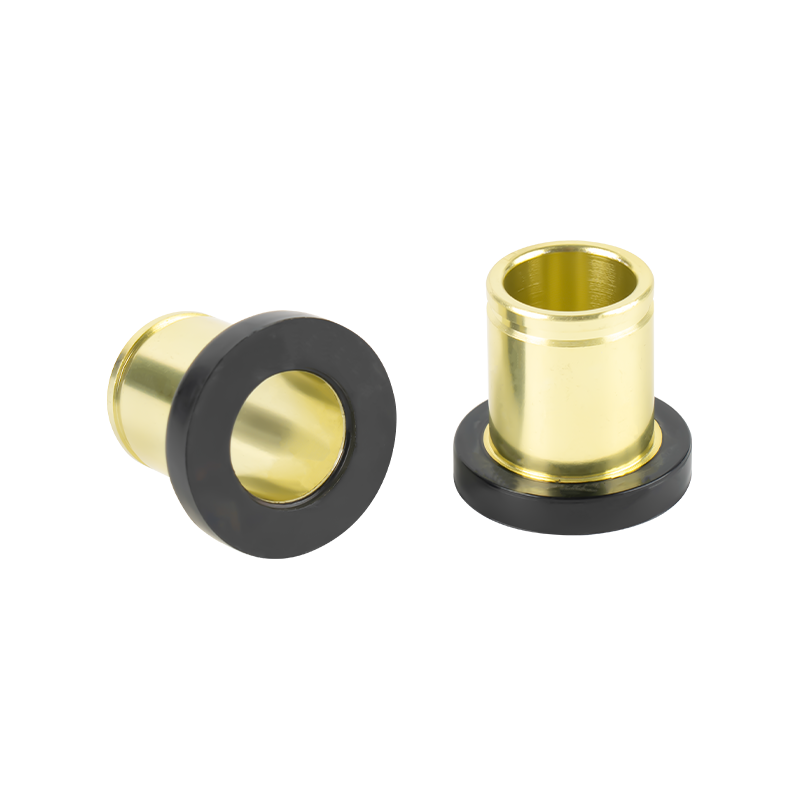Why Do Safety Valves Fail? 3 Critical Inspection Points You Must Know
2025-09-30
Safety valves are the "last line of defense" for pressure-containing equipment—from industrial boilers and chemical reactors to pipelines and storage tanks. Their failure to open or close properly can lead to catastrophic consequences, including equipment explosions, environmental leaks, or even workplace injuries. Understanding the root causes of safety valve failure and implementing targeted inspections is therefore critical for maintaining operational safety. Below, we break down why these valves fail and the key inspection steps to prevent breakdowns.
What Are the Most Common Causes of Safety Valve Failure?
Safety valve failure rarely happens randomly; it is almost always linked to preventable issues related to maintenance, usage, or component degradation. Here are the four primary causes:
1. Blockage or Clogging of Internal Components
Debris, sediment, or process media (such as scale from boilers, viscous fluids in chemical plants, or particulate matter in pipelines) can accumulate in the valve’s inlet, seat, or discharge port. Over time, this buildup blocks the flow path, preventing the valve from opening when pressure exceeds the set limit. For example, in steam systems, mineral deposits from hard water often clog the valve’s orifice, rendering it unable to relieve excess pressure.
2. Wear or Damage to Sealing Surfaces
The valve’s seat and disc rely on a tight seal to remain closed under normal pressure. Repeated cycling (opening and closing) or exposure to corrosive media (like acidic or alkaline fluids) can erode these sealing surfaces, creating gaps. Even tiny scratches or pitting can cause "leakage under pressure"—where the valve drips or seeps media when it should be closed. In severe cases, worn seals may prevent the valve from fully closing, leading to constant pressure loss and inefficient equipment operation.
3. Spring Degradation or Misalignment
Most safety valves use a spring to hold the disc against the seat (a design called "spring-loaded safety valves"). Over time, high temperatures (e.g., in boiler systems) or cyclic pressure changes can cause the spring to lose tension (fatigue) or become corroded. A weakened spring may not generate enough force to keep the valve closed, resulting in premature opening. Conversely, a bent or misaligned spring can push the disc off-center, causing uneven seating and leakage.
4. Incorrect Installation or Calibration
Safety valves must be installed in the correct orientation (usually vertically, with the inlet facing upward) and calibrated to the exact pressure limit of the equipment they protect. If installed horizontally or at an angle, gravity can interfere with the valve’s operation. Similarly, incorrect calibration—setting the valve to open at a pressure higher than the equipment’s maximum allowable working pressure (MAWP)—means the valve will not activate until the equipment is already at risk of failure.
What Is the First Critical Inspection Point: Checking for Blockages and Buildup?
Inspecting for blockages is the first step in preventing safety valve failure, as even small debris can disable the valve. Here’s how to conduct a thorough check:
Step 1: Visual Inspection of Inlet and Discharge Ports
Before removing the valve, visually examine the inlet (connected to the pressure equipment) and discharge port (leading to a vent or relief line) for visible buildup. Use a flashlight to check for sediment, scale, or foreign objects (like metal shavings from pipeline maintenance). For hard-to-reach areas, use a borescope (a flexible camera tool) to inspect the internal orifice.
Step 2: Disassemble and Clean Internal Components
If buildup is suspected, shut down the equipment, isolate the valve (using upstream and downstream isolation valves), and disassemble it according to the manufacturer’s instructions. Remove the disc, seat, and spring, and inspect the flow path for debris. Clean components using a non-abrasive brush and a compatible solvent (avoid harsh chemicals that could damage seals). For mineral scale (common in water or steam systems), soak parts in a descaling solution (e.g., citric acid for mild scale) to dissolve deposits.
Step 3: Verify Unobstructed Flow
After cleaning, reassemble the valve temporarily and perform a "blow test": apply low-pressure air or water to the inlet and check if the fluid flows freely through the discharge port. If flow is restricted, repeat the cleaning process—residual debris may still be blocking the orifice.
What Is the Second Critical Inspection Point: Evaluating Sealing Surfaces for Wear?
The integrity of the valve’s seat and disc is non-negotiable—even minor wear can cause leaks or failure. Follow these steps to inspect sealing surfaces:
Step 1: Visual and Tactile Inspection
Remove the disc and seat from the valve. Examine the sealing surfaces (usually smooth, polished metal or synthetic materials like PTFE) for scratches, pitting, corrosion , or indentations. Run a clean finger lightly over the surface—any roughness indicates wear. For metal seals, use a magnifying glass (10–20x) to check for micro-cracks, which are often invisible to the naked eye.
Step 2: Leakage Testing
Reassemble the valve and perform a "seat tightness test" to check for leaks. The most common method is the pressure drop test:
Pressurize the valve’s inlet to 90% of its set pressure (the pressure at which it should open).
Close the isolation valve and monitor the pressure gauge for 5–10 minutes.
If pressure drops more than 1–2% (per manufacturer standards), the seals are worn and need repair or replacement.
For high-precision applications (like pharmaceutical or food processing), use a bubbles test: submerge the valve’s discharge port in water while pressurizing the inlet. Bubbles indicate leakage—fewer than 1–2 bubbles per minute is acceptable for most industrial uses.
Step 3: Repair or Replace Worn Seals
Minor scratches on metal seals can be fixed by lapping (polishing the surface with a fine abrasive compound) to restore smoothness. For severe wear (e.g., deep pitting or cracked seals), replace the seat or disc entirely—never attempt to use a worn seal, as it will only fail again quickly.
What Is the Third Critical Inspection Point: Assessing Spring Condition and Calibration?
The spring is the "engine" of a spring-loaded safety valve—its condition directly impacts the valve’s ability to open and close correctly. Here’s how to inspect it:
Step 1: Check Spring for Physical Damage
Remove the spring and inspect it for signs of wear:
Corrosion: Rust or discoloration (common in humid or corrosive environments) weakens the spring’s structure.
Fatigue: Look for permanent deformation (e.g., a bent shape or reduced length) or cracks in the coils—these indicate the spring has lost tension.
Misalignment: Ensure the spring is straight and centered; a bent spring will not apply even pressure to the disc.
If any of these issues are present, replace the spring immediately—never reuse a damaged spring.
Step 2: Verify Calibration Against MAWP
Safety valves must be calibrated to open at 10% above the equipment’s MAWP (per ASME or ISO standards) to provide a buffer while preventing overpressure. To check calibration:
Use a calibration test bench (a specialized tool that applies controlled pressure to the valve).
Gradually increase pressure to the valve’s set point—listen for a "pop" (the sound of the disc lifting) and record the pressure.
If the valve opens more than 5% above or below the set point, adjust the spring tension (using the valve’s adjustment nut) or replace the spring with one of the correct stiffness.
Step 3: Test Cycling Performance
After calibration, test the valve’s ability to open and close smoothly:
Increase pressure to the set point to ensure it opens fully.
Reduce pressure below the set point and confirm it closes tightly (use the leakage test method above to verify the seal).
Repeat this cycle 2–3 times—consistent performance indicates the spring and calibration are correct.
How Often Should Safety Valves Be Inspected?
The frequency of inspections depends on the valve’s usage and environment, but industry standards (e.g., ASME BPVC Section I) recommend:
Visual inspection: Monthly (check for external leaks, corrosion, or damage).
Full disassembly and inspection: Annually (or every 6 months for high-risk applications like boilers or chemical reactors).
Calibration verification: Every 2 years (or after any repair or replacement of components).
For valves in harsh conditions (e.g., high-temperature, corrosive, or high-cycling systems), shorten these intervals—more frequent inspections are cheaper than dealing with a valve failure.
In conclusion, safety valve failure is preventable with regular, targeted inspections. By checking for blockages, evaluating sealing surfaces, and assessing spring condition and calibration, you can ensure these critical components protect your equipment and workforce. Remember: a well-maintained safety valve is not just a compliance requirement—it’s an investment in avoiding costly and dangerous accidents.

 English
English русский
русский 中文简体
中文简体